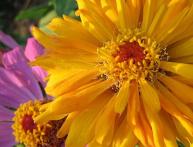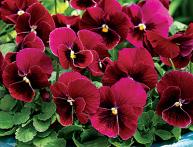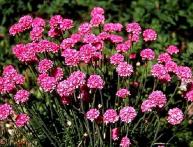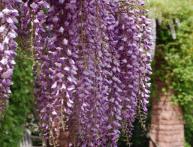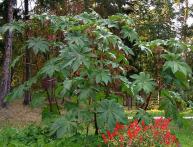Ampelous petunia in the photo
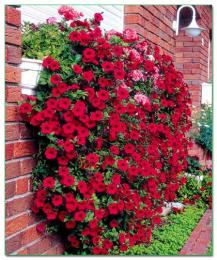
How I love these flowers, modest in nature. I associate petunias with the sea and tourist centers on the Crimean coast. After all, they decorate flower beds near hotels, and pots of petunia are hung throughout the territory.
Ampelous petunia in the photo – this is a hanging flowerpot with a mop (there’s no other way to call it) of flowers saturated with a variety of natural colors. If ampelous petunia is planted in such flowerpot, then the plant will be able to grow evenly and, hanging its delicate branches, delight others with lush flowering. She is also good at long tubs, placed on the windowsill or along the paths.
In order for the ampelous petunia to look incredibly beautiful in the photo, you should knowsome rules for growing it. The main ones address the following issues:
- Seed selection. Experts recommend giving preference to high-quality seeds supplied by Western breeders;
- Soil selection. Ampelous petunia grows well in loose and nutritious soil. The soil must retain moisture well. You can mix such a soil mixture yourself, but it’s easier to trust ready-made ones, which are easy to buy in gardening stores;
- Compliance with sowing deadlines. Based on the fact that a young petunia plant takes three months to develop, the sowing time can be adjusted. So, if you sow the seeds in February, the petunia bush will bloom by May or June. You can sow several varieties of petunia over a period of time and, as a result, receive continuously flowering hanging plants.
- Organization of watering and fertilizing. While the sprouts have just hatched, it is better to moisten the soil with a spray bottle. Next, adult petunia bushes are watered as the soil dries. In the first weeks of growth, petunia should be fertilized with foliar fertilizers. Subsequently, fertilizing the soil is combined with watering it.


